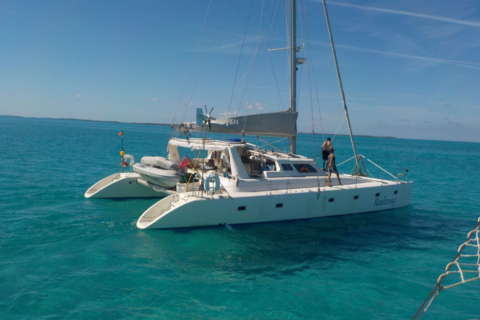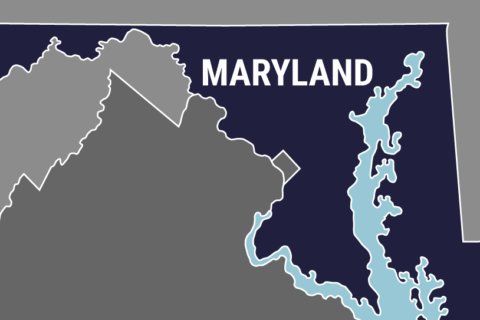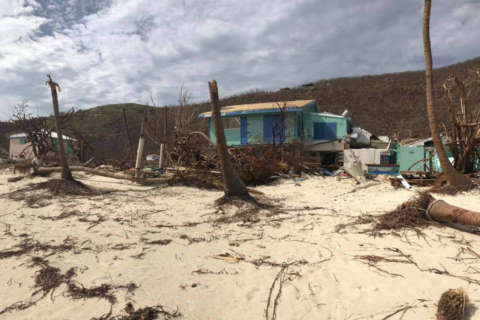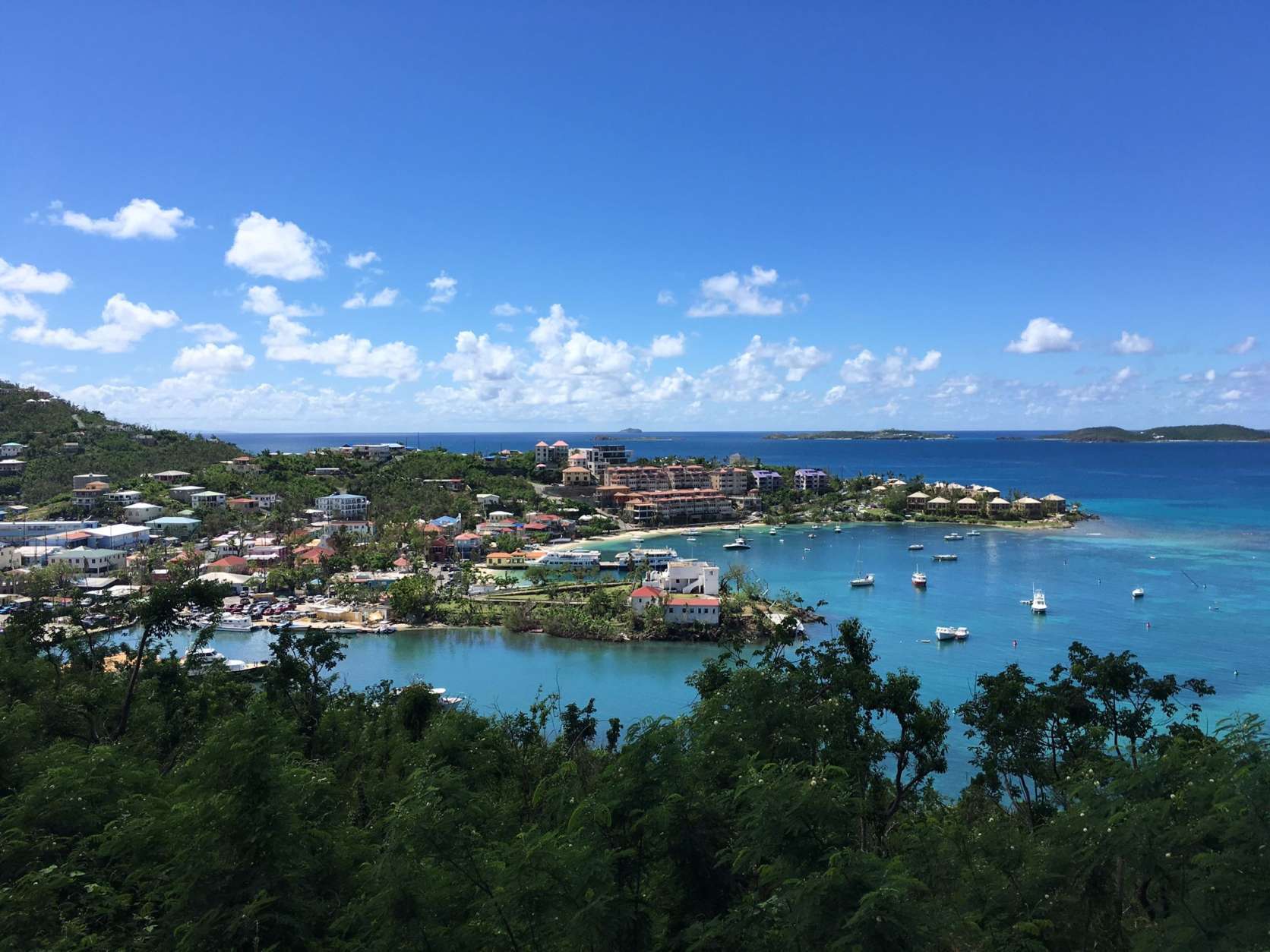
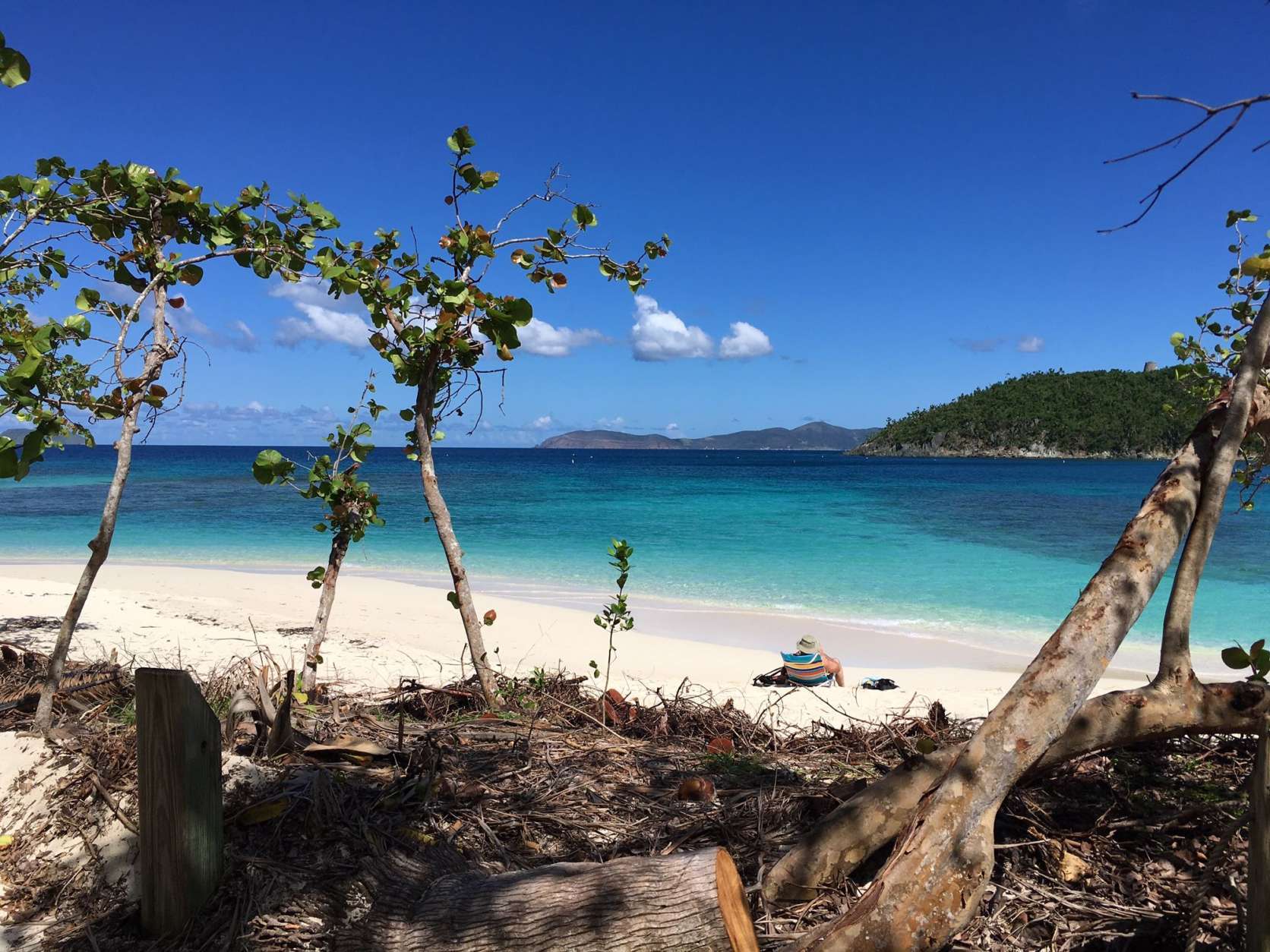
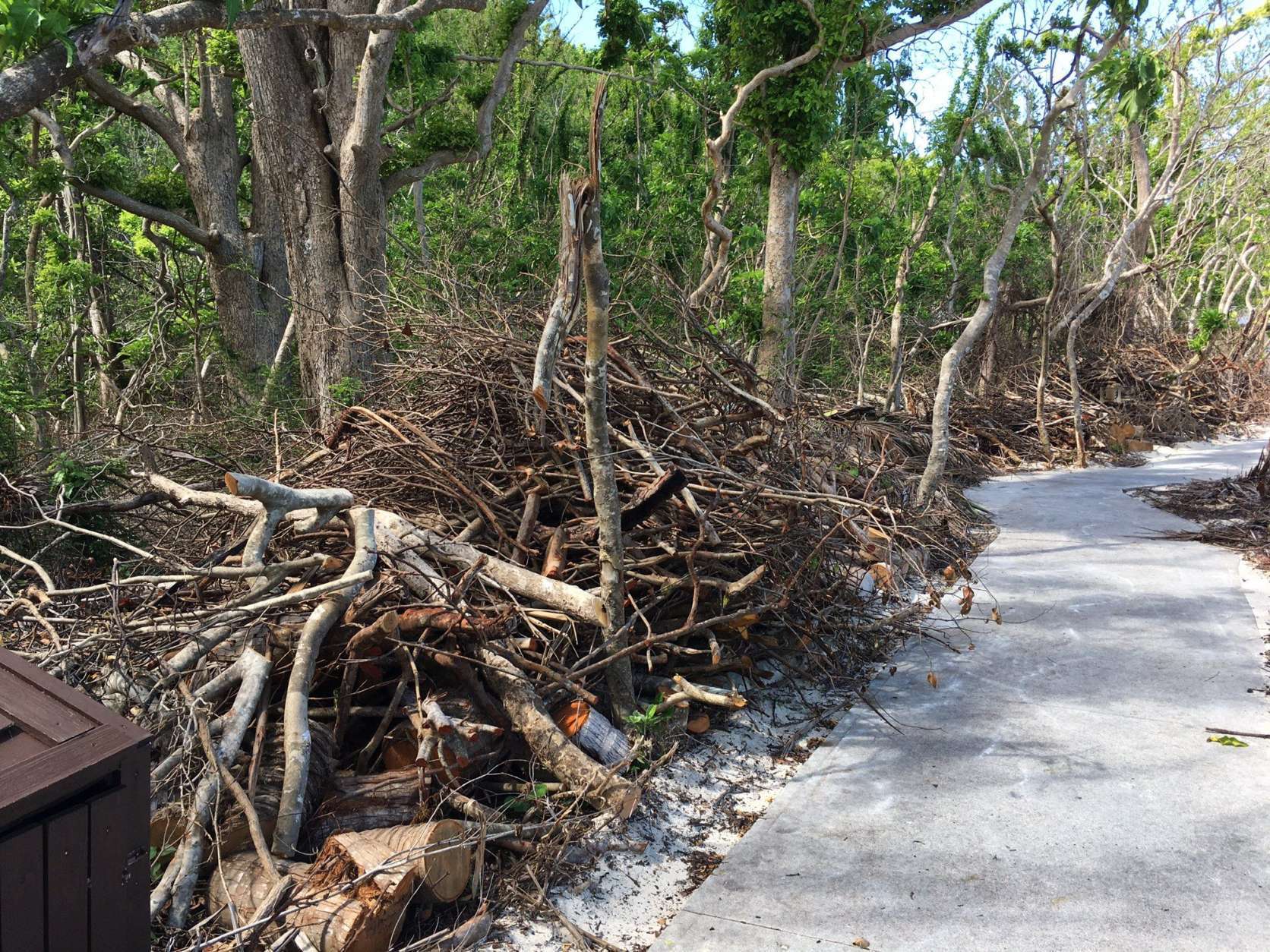

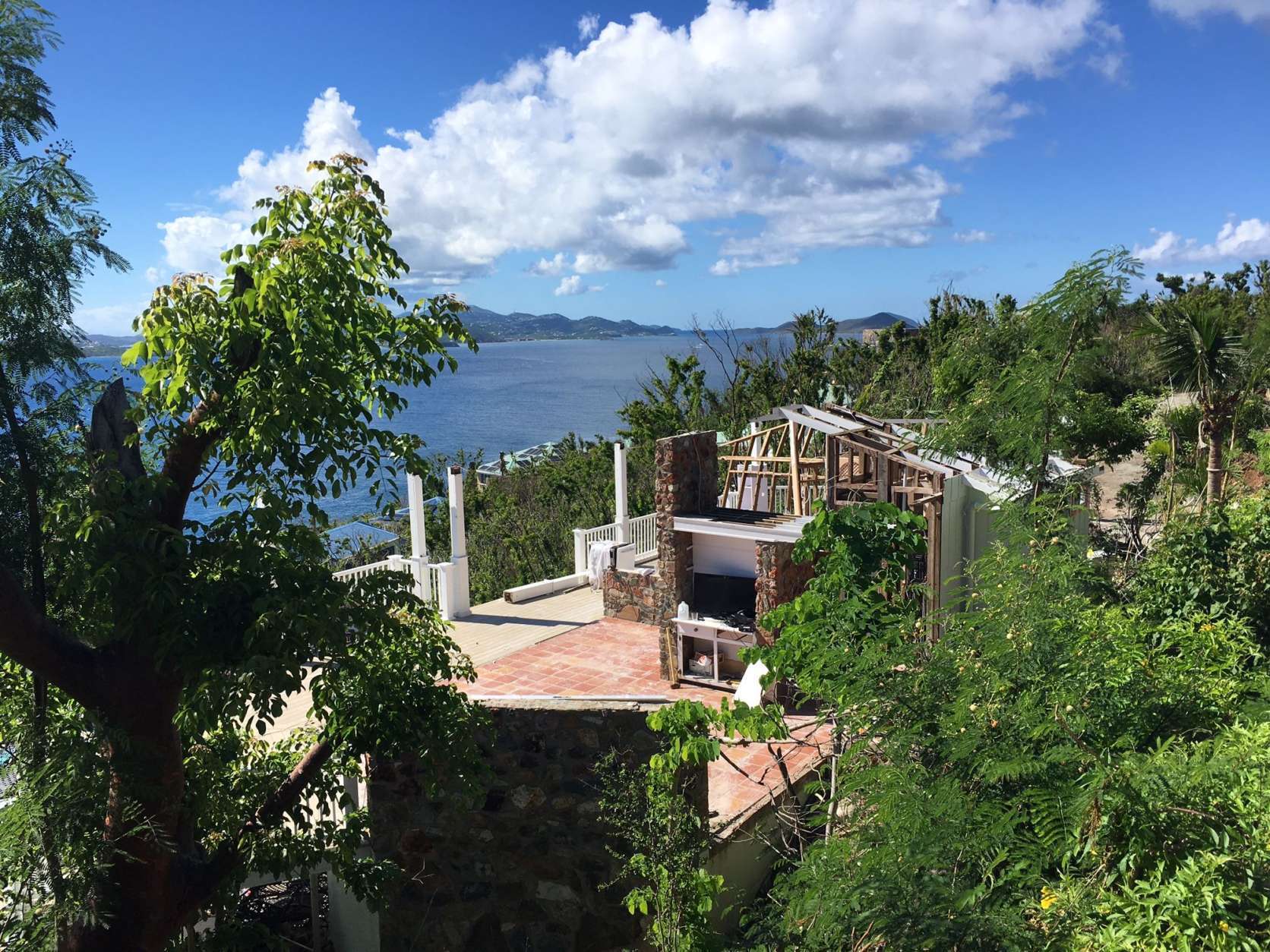
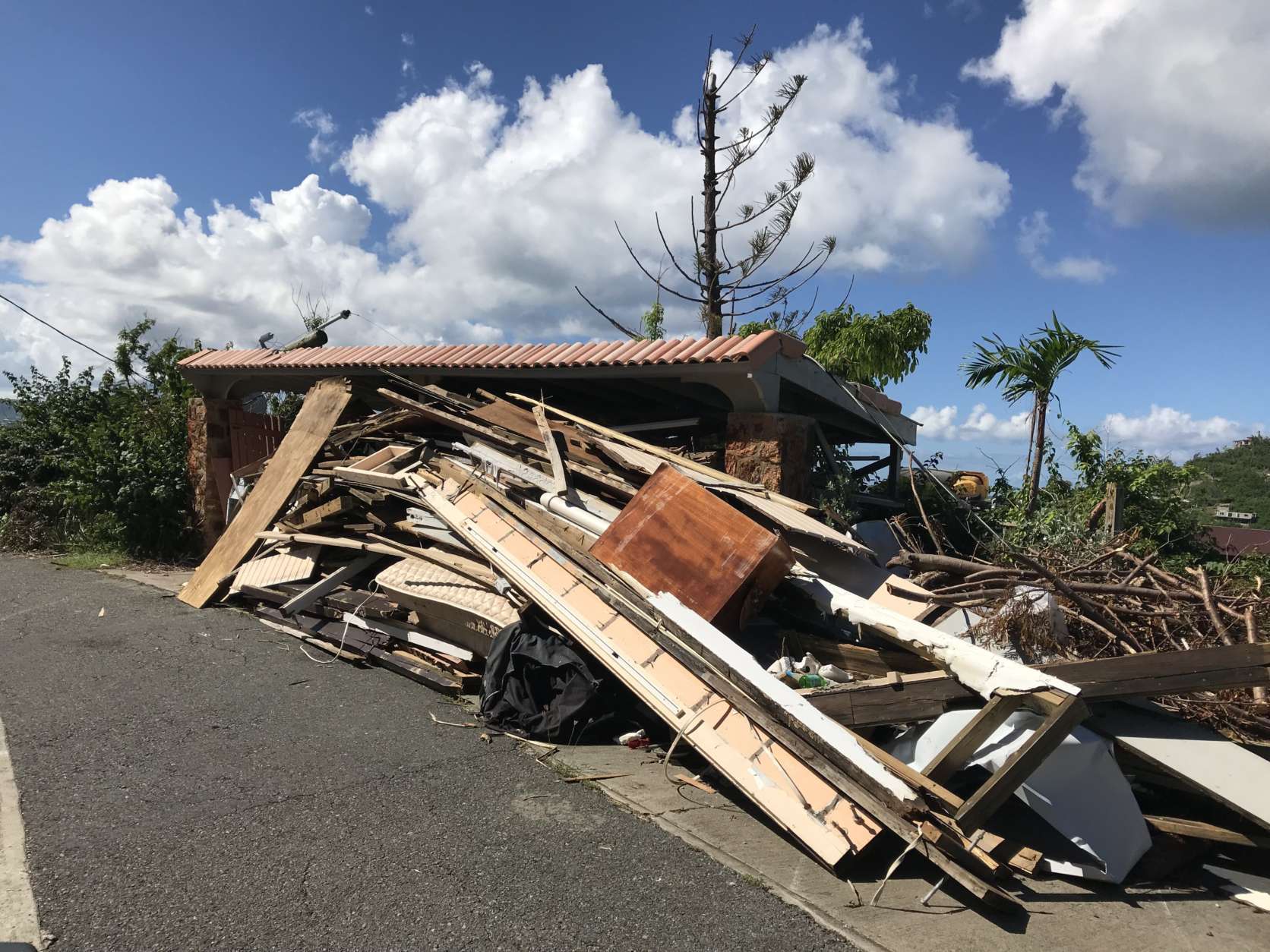
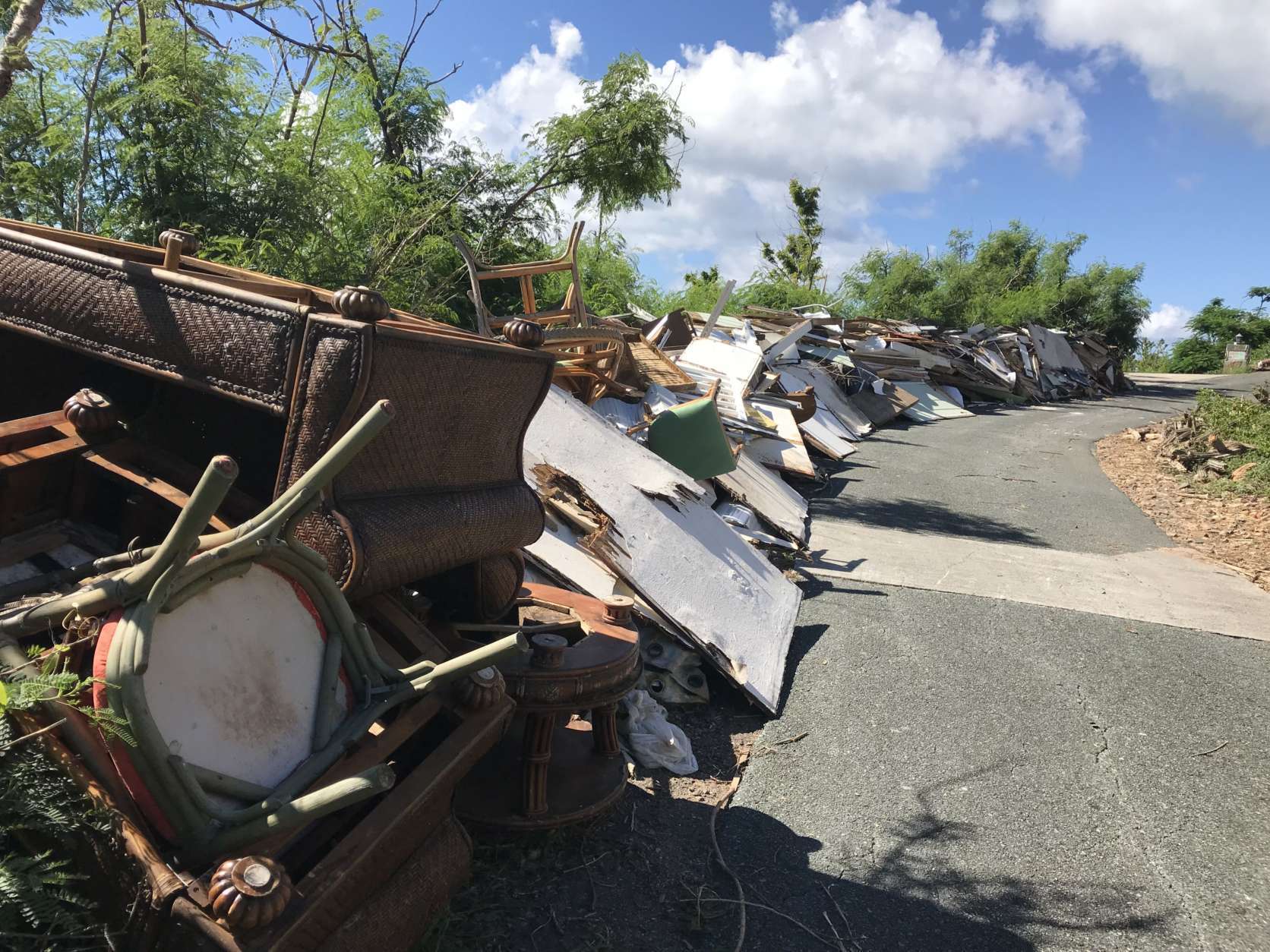
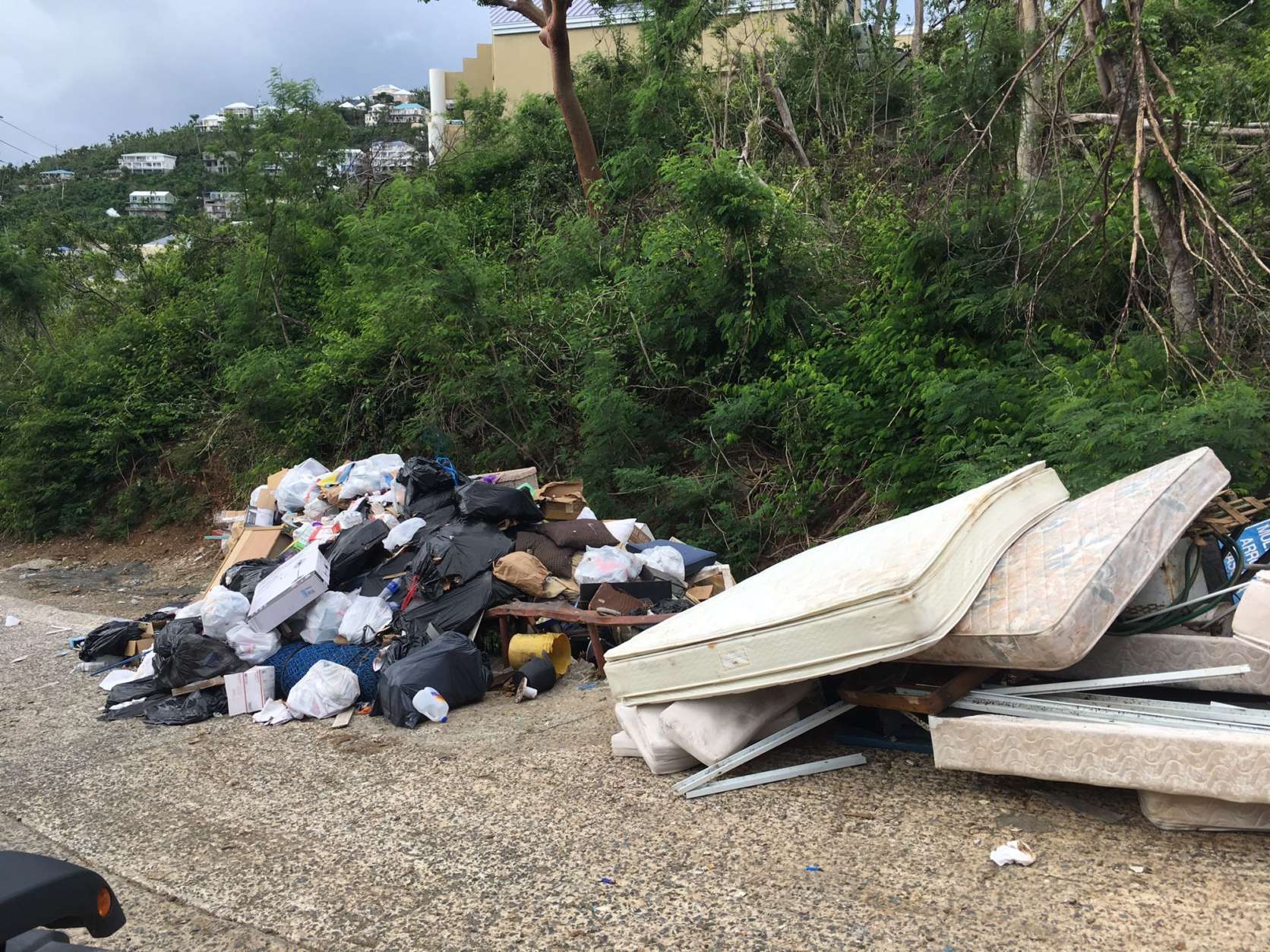
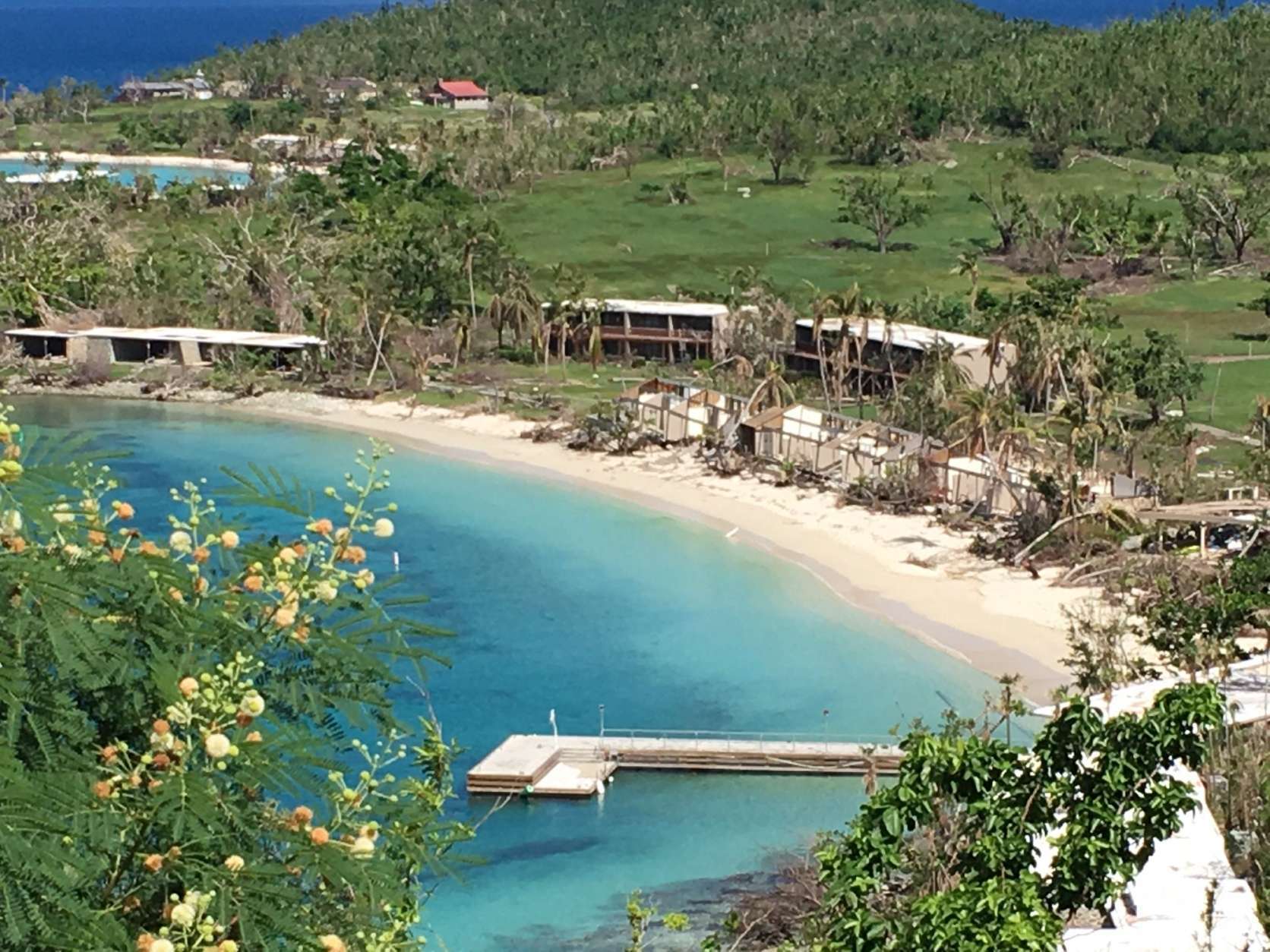
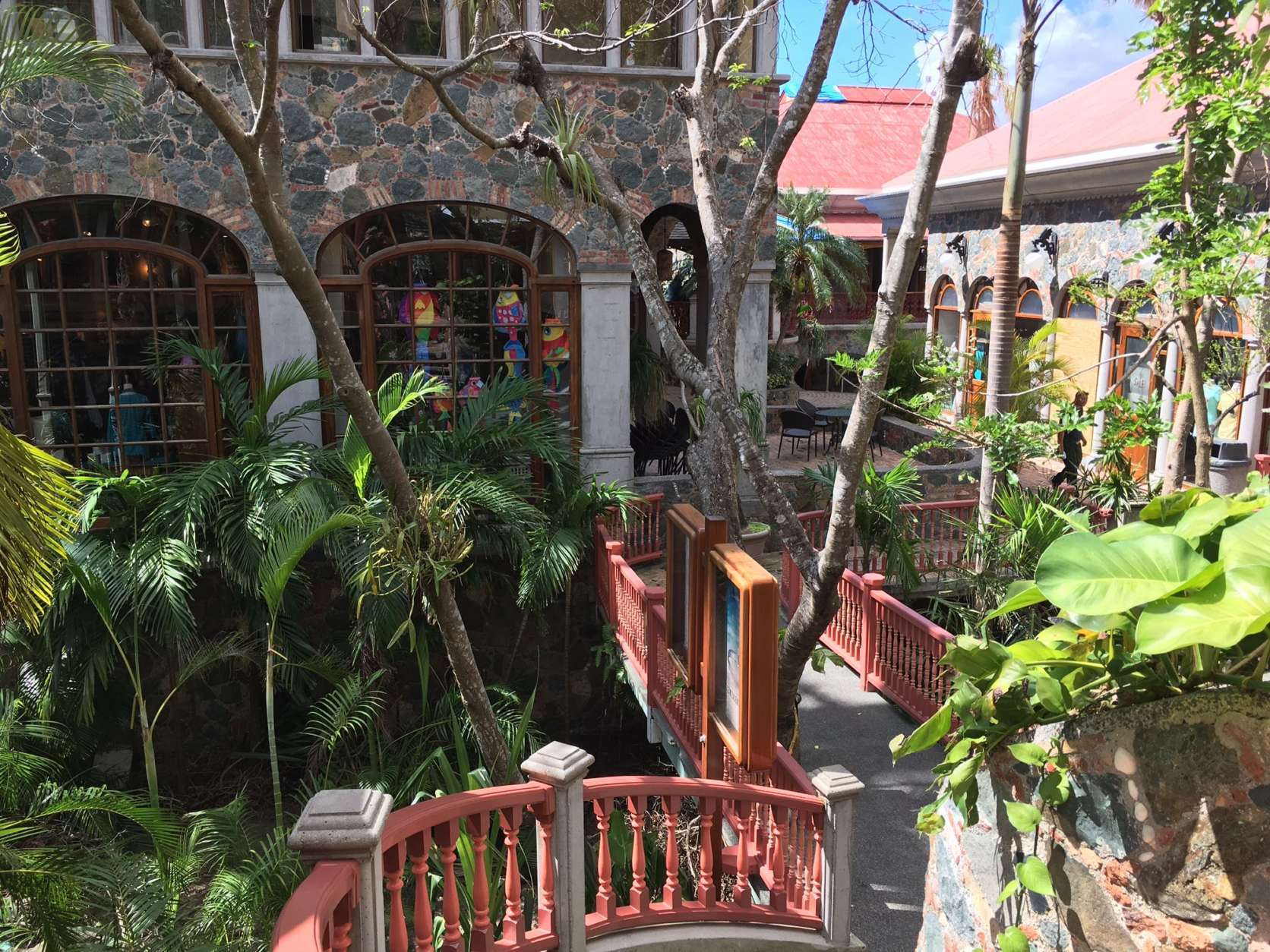
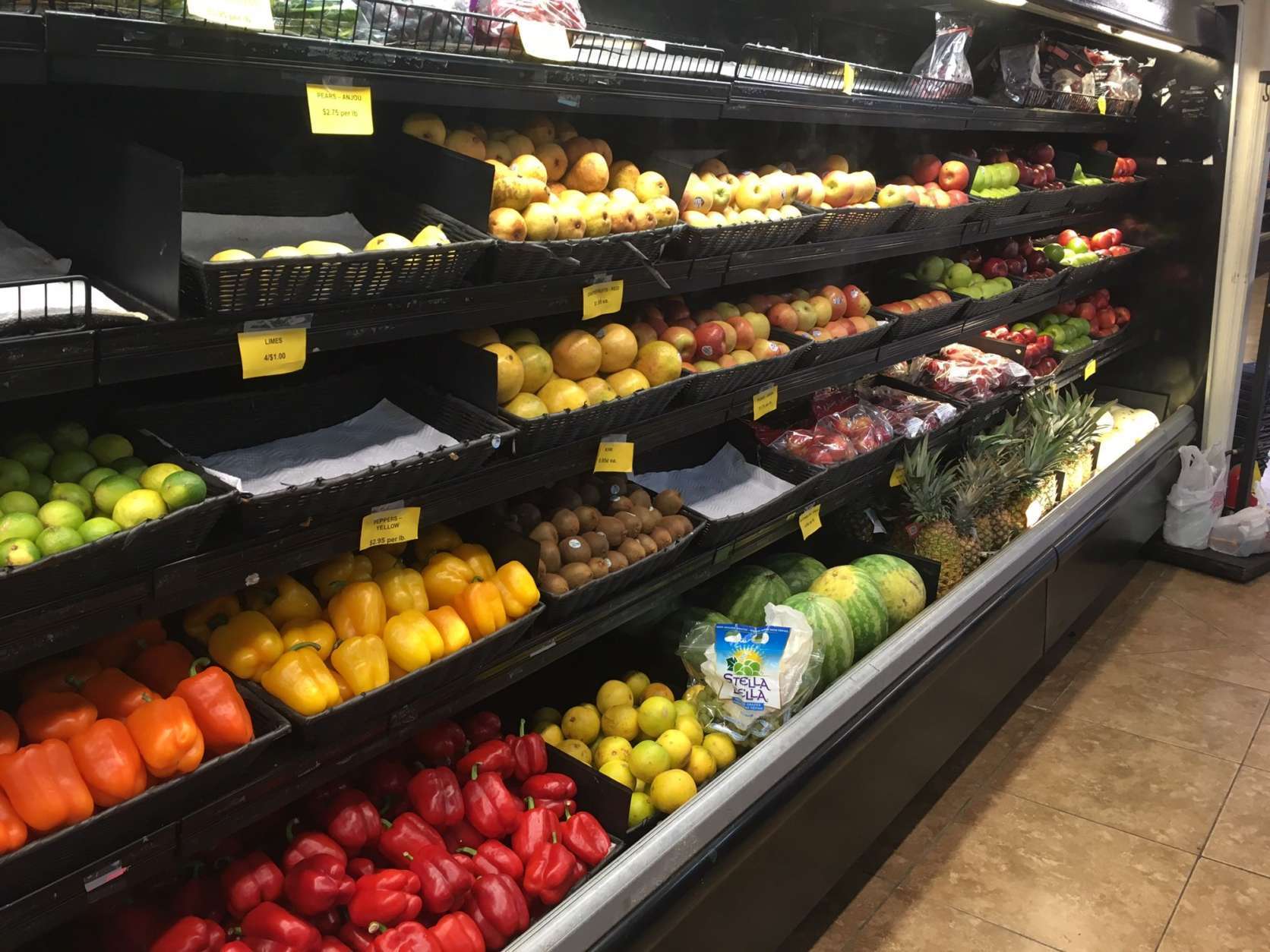
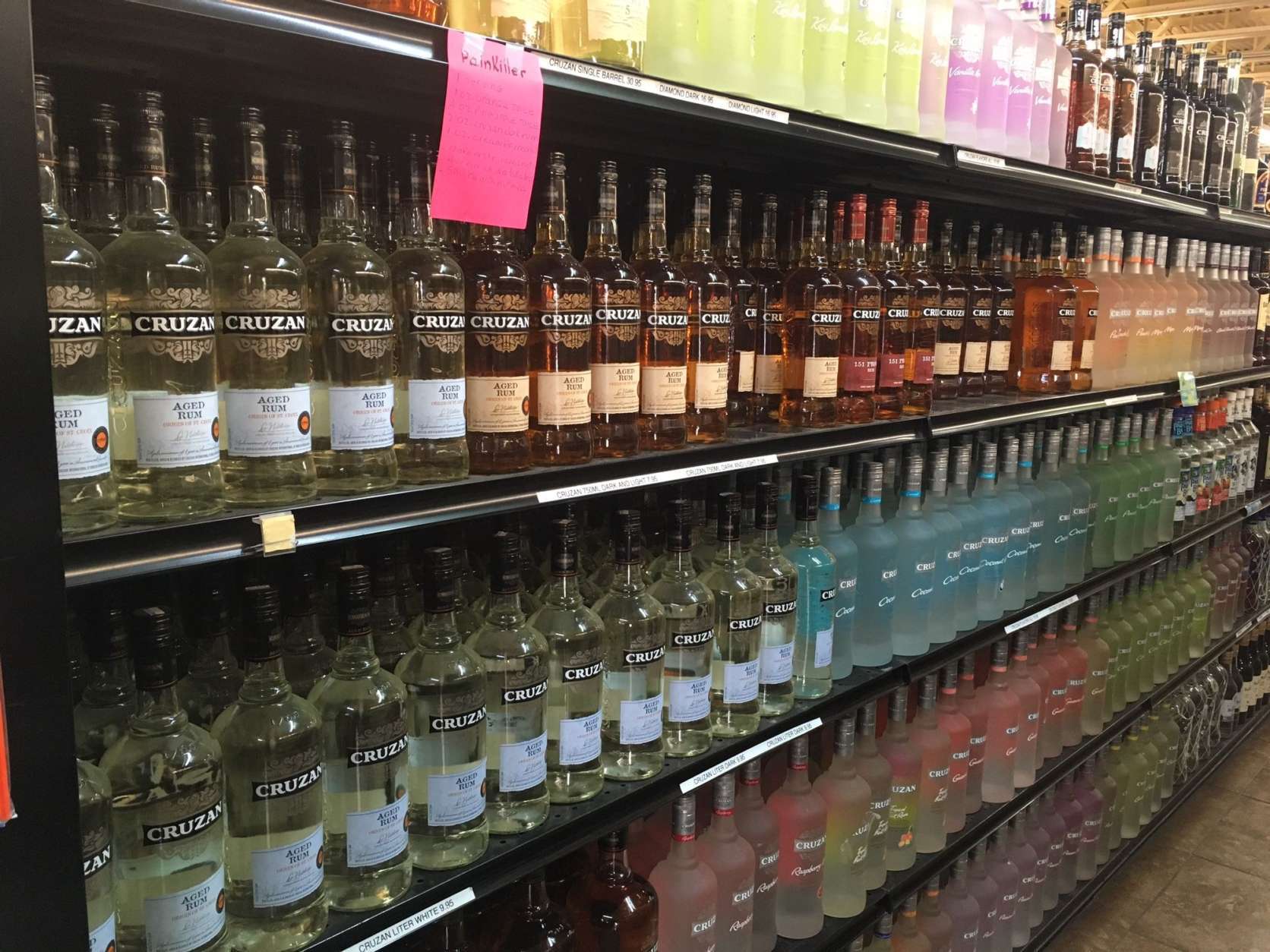
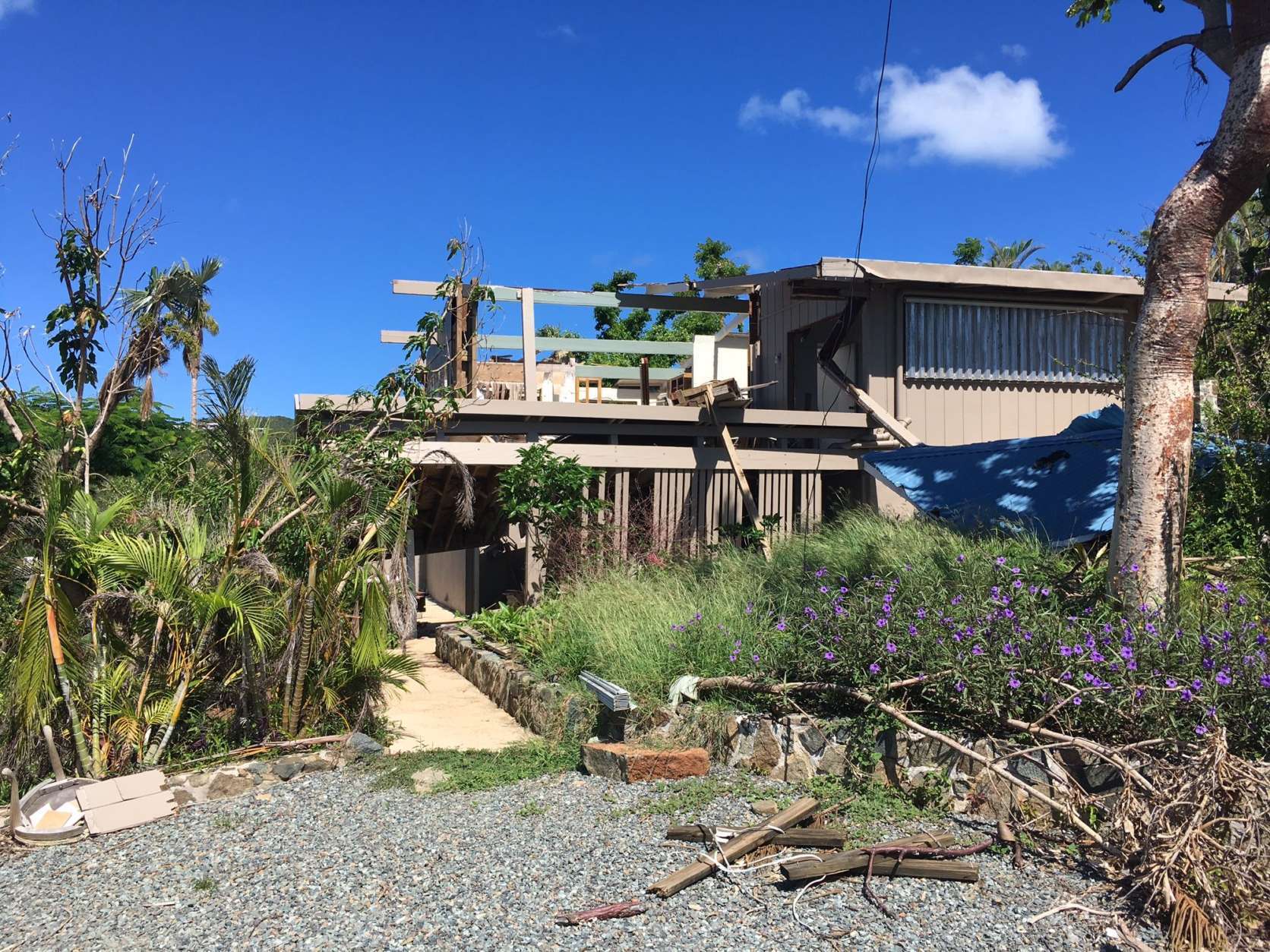
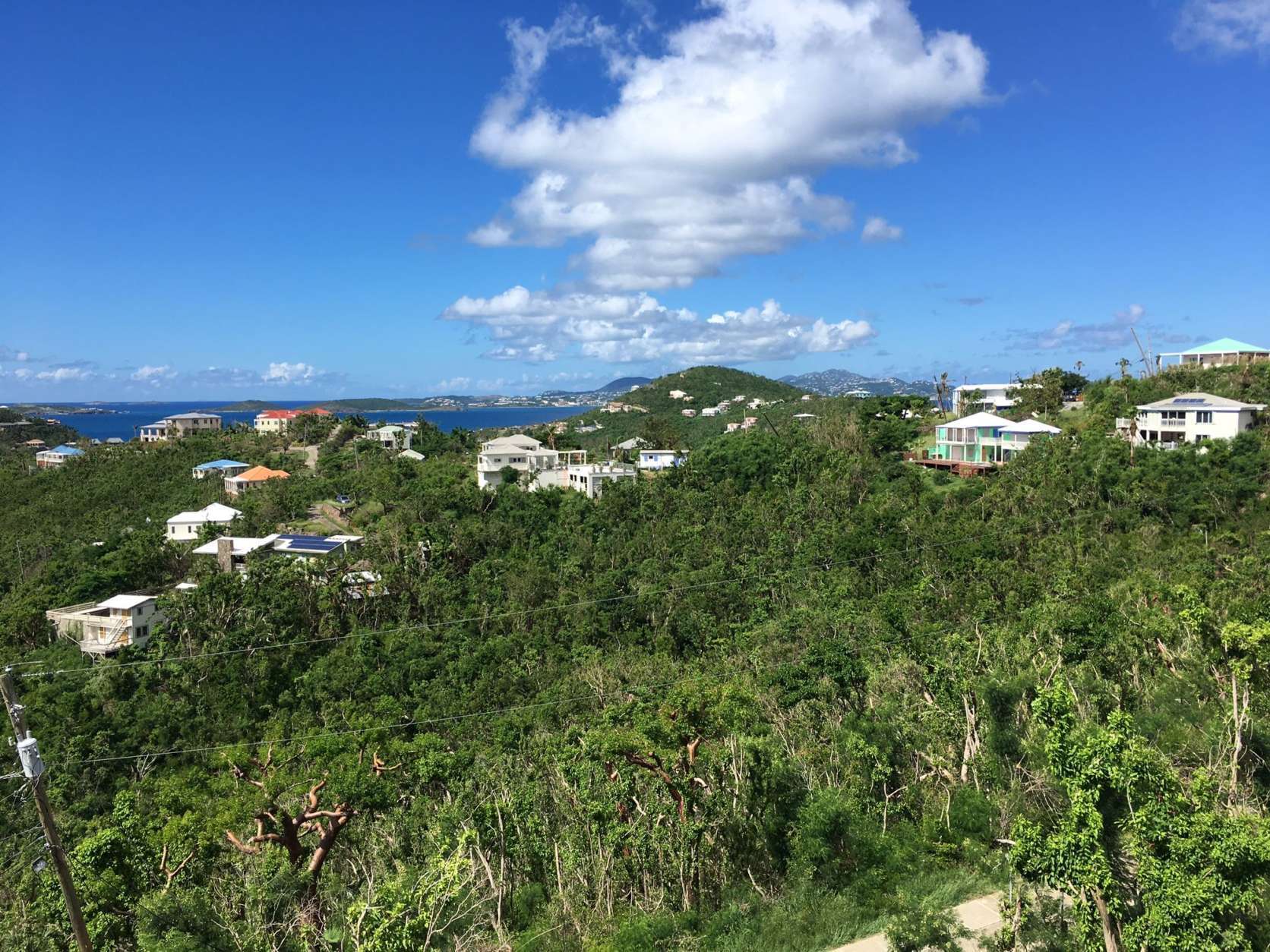
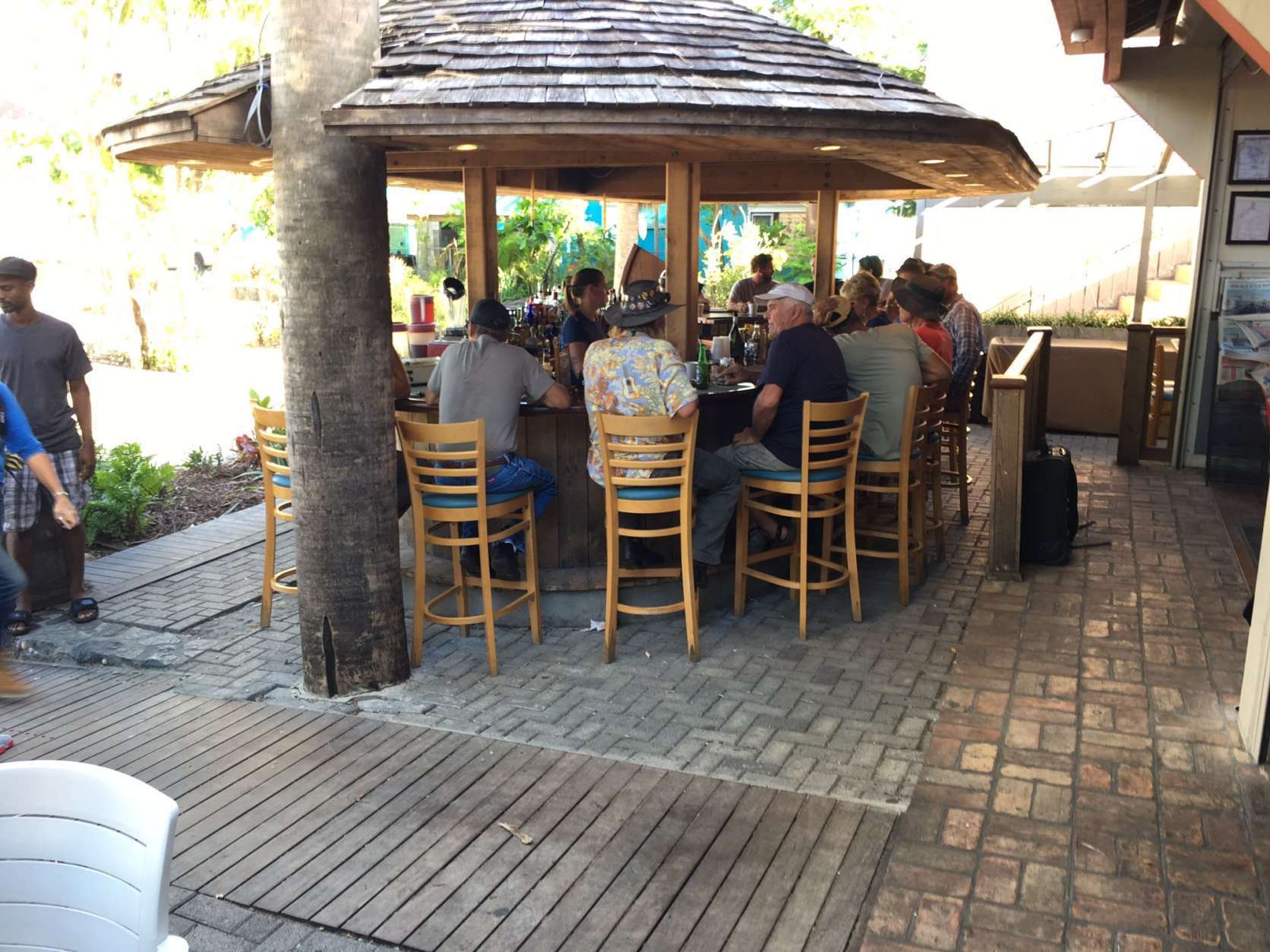
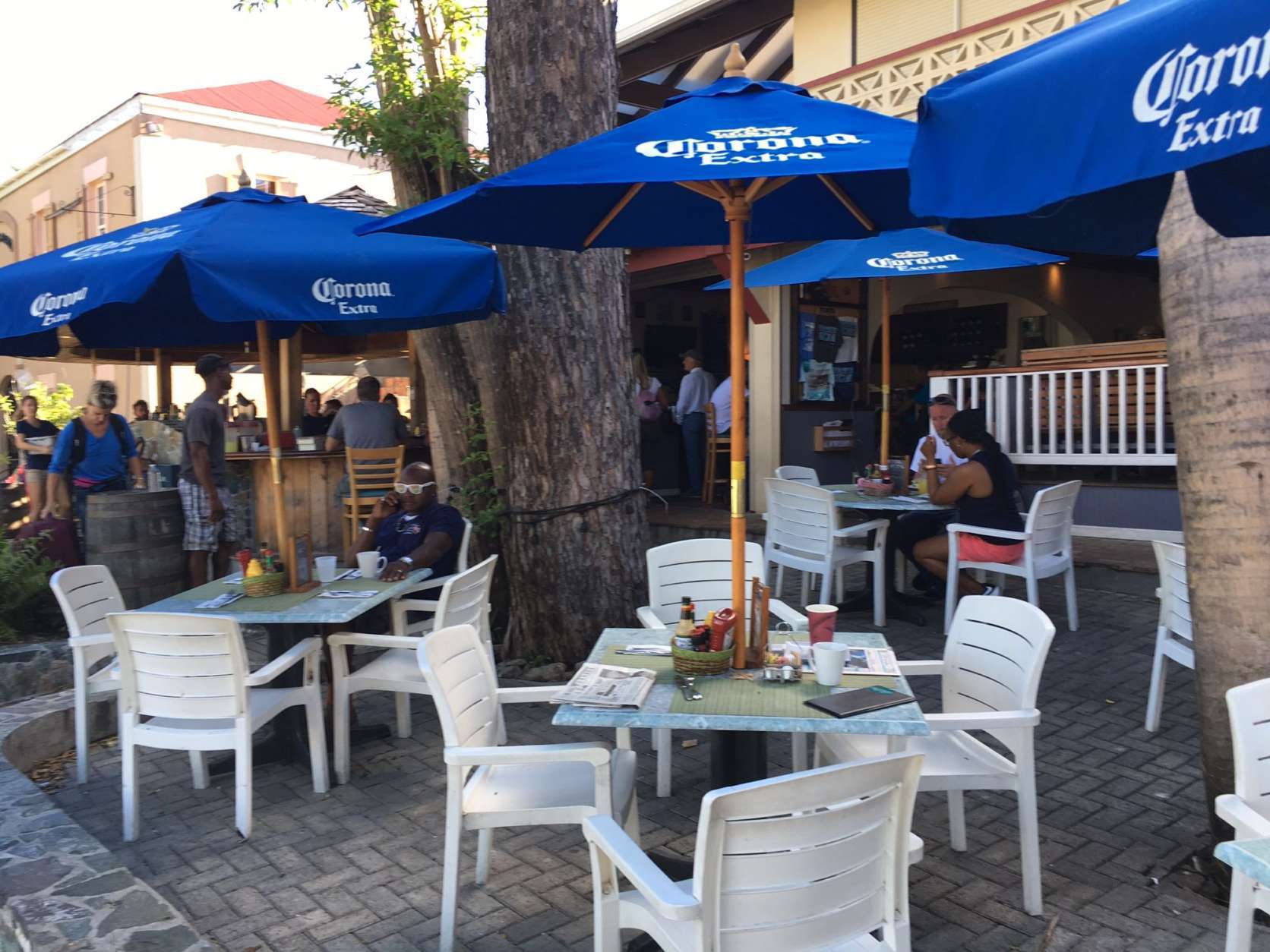

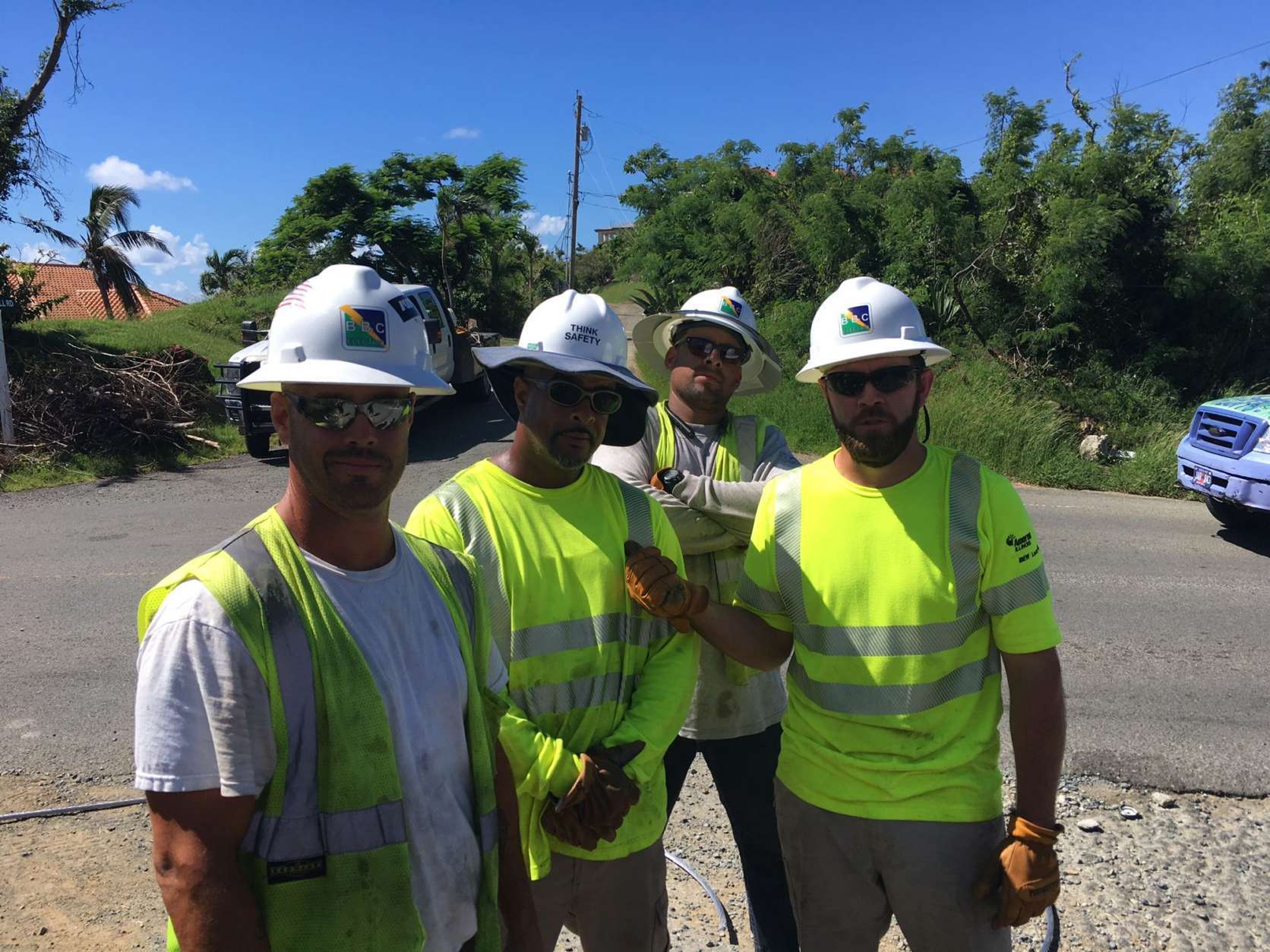
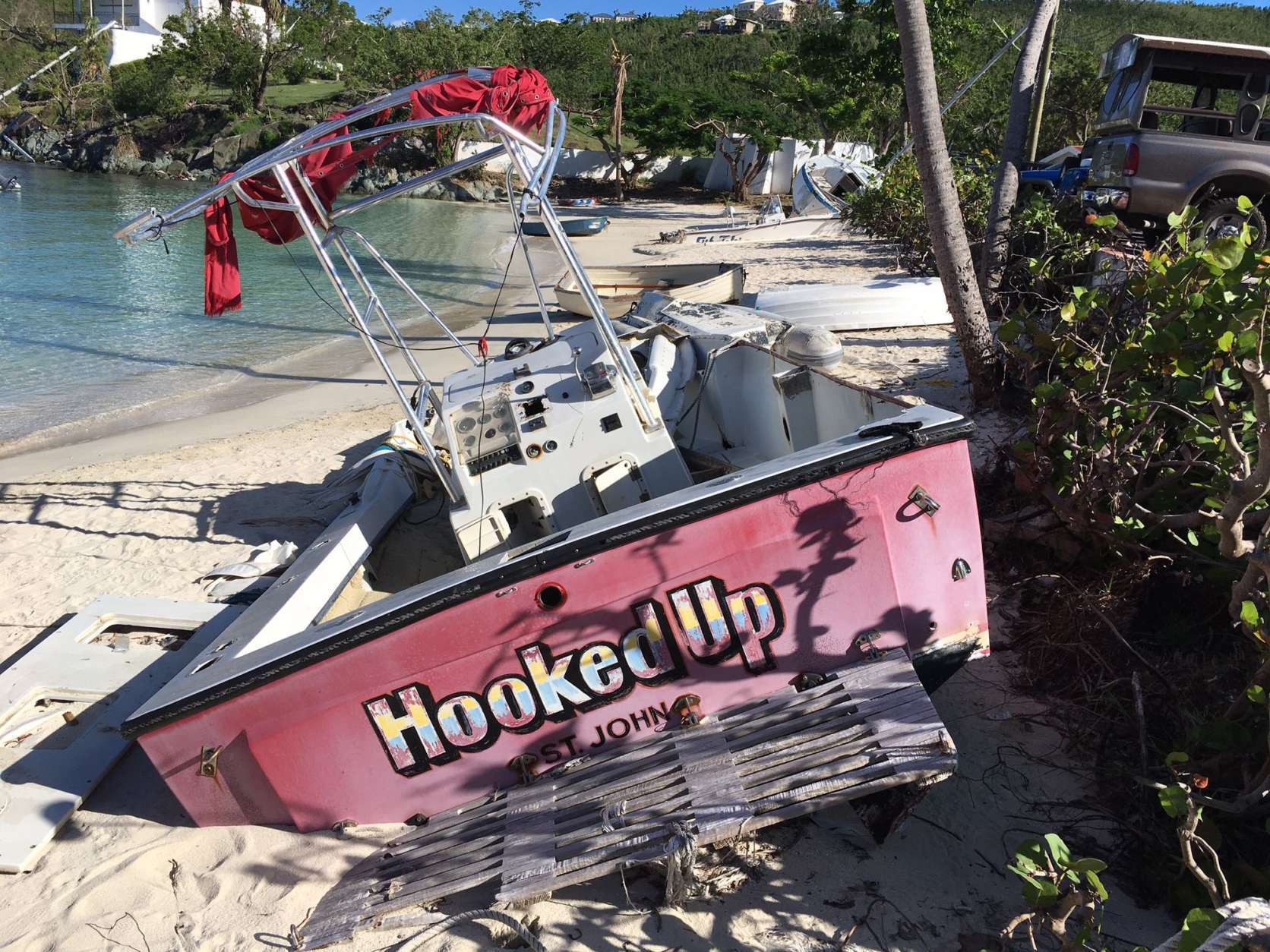
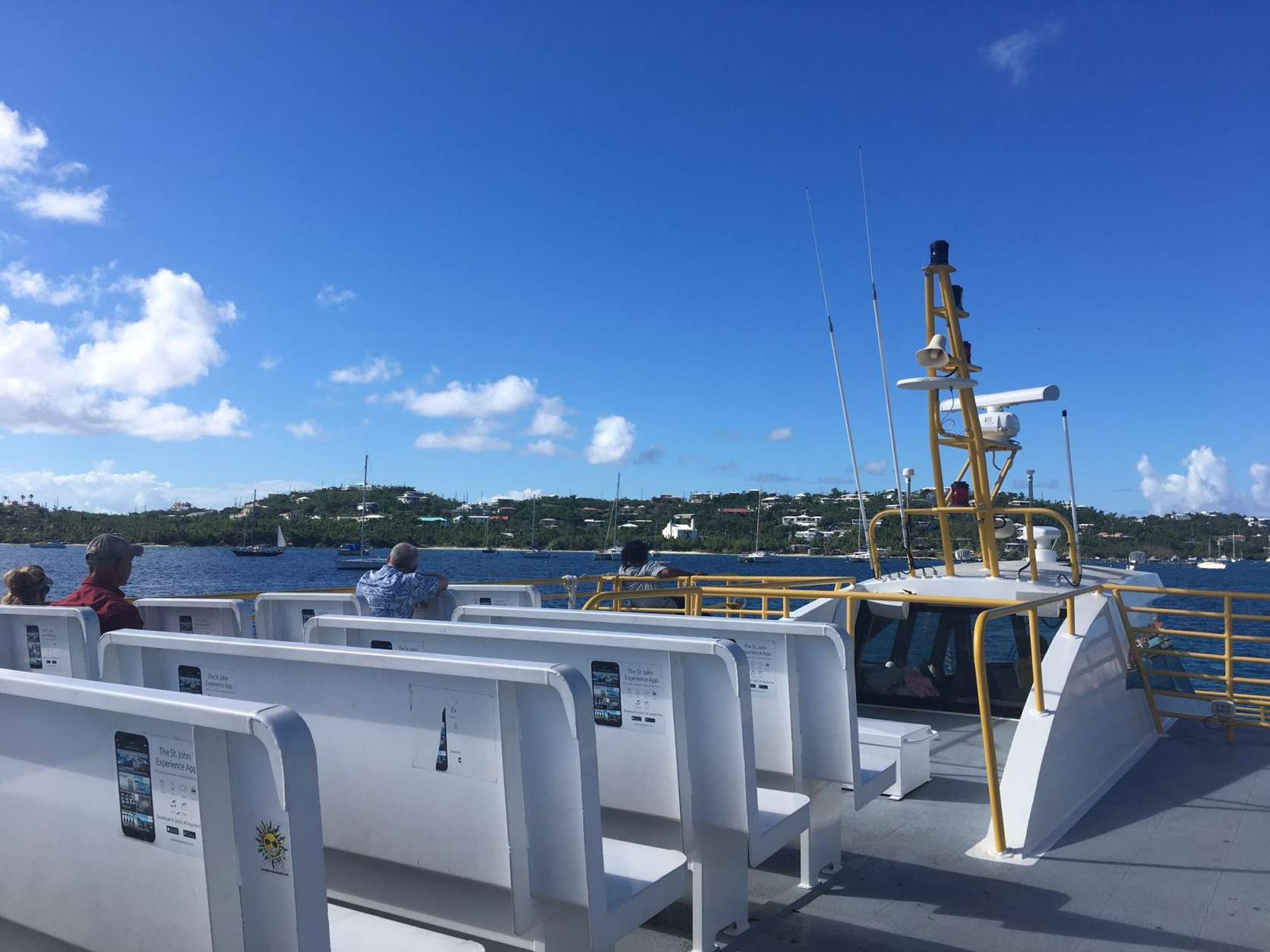

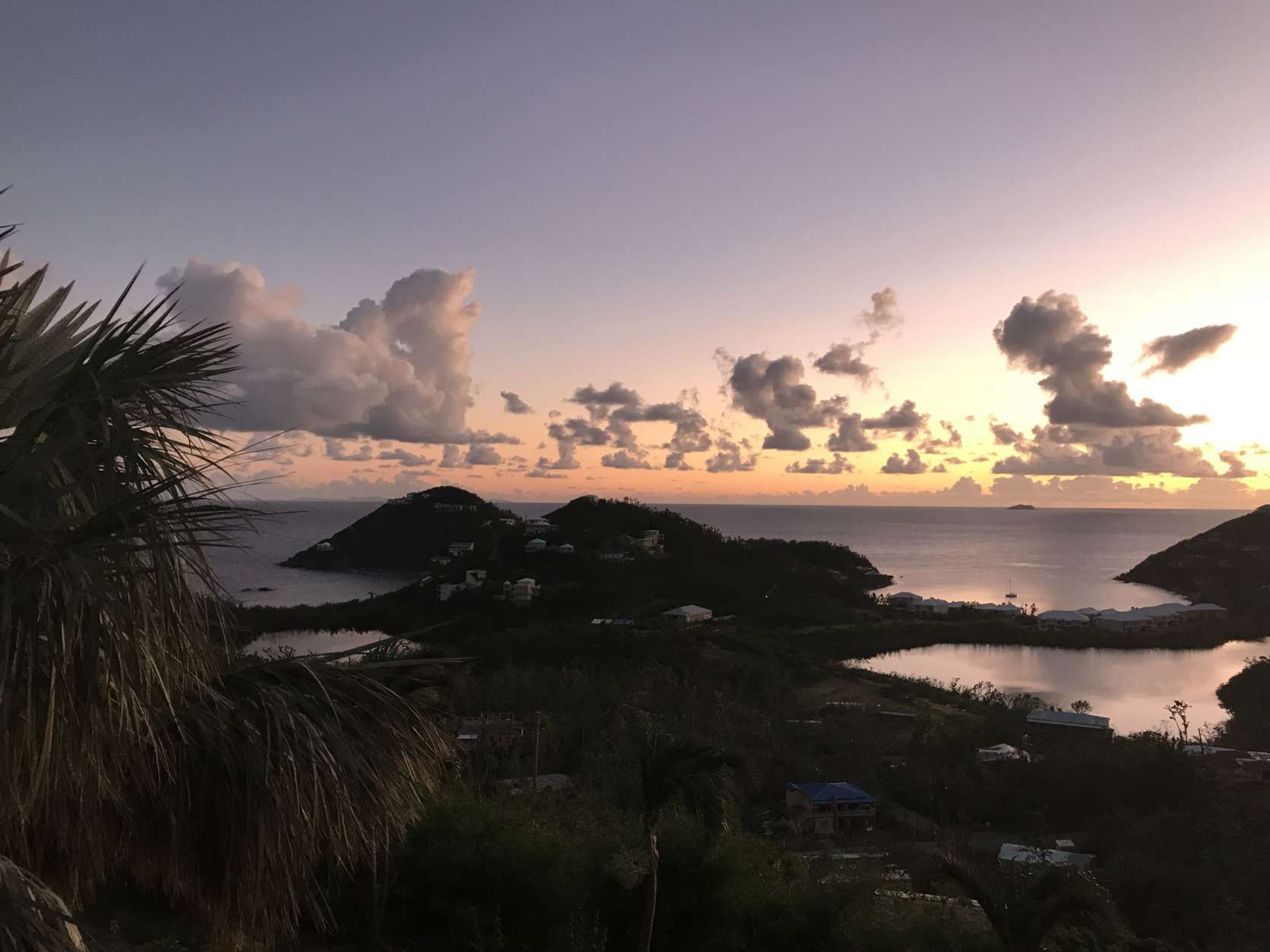
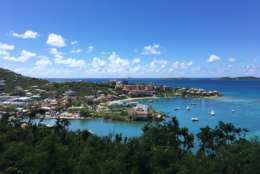
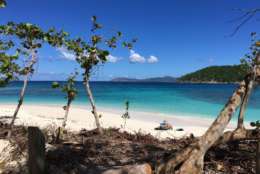
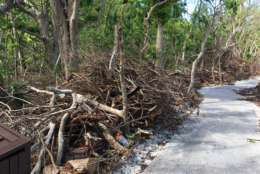

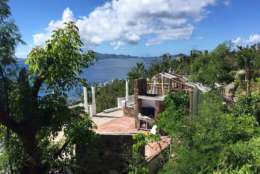
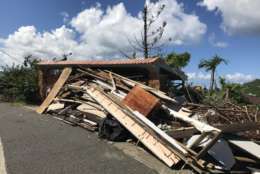
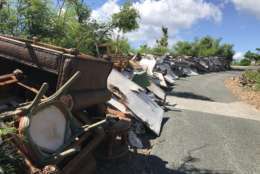
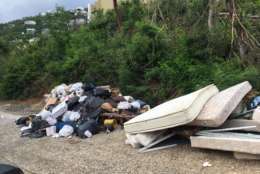
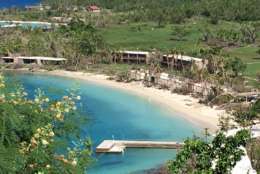
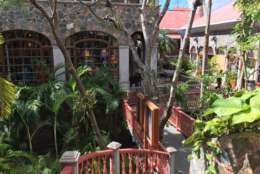
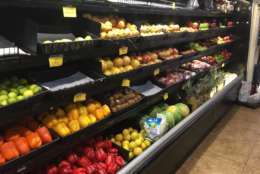

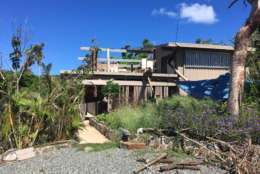
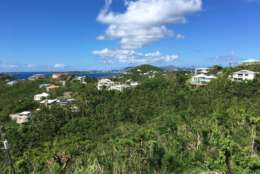
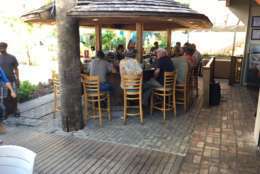
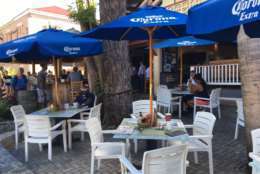
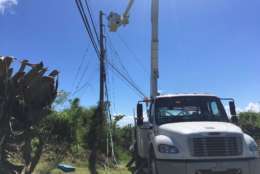
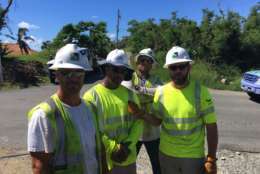
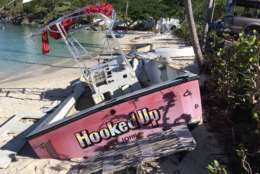
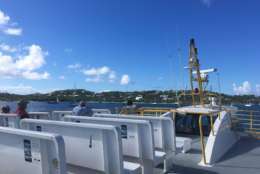
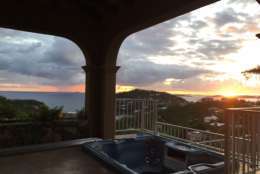
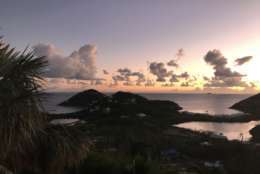
ST. JOHN, U.S. Virgin Islands — First impressions are often deceiving, and that was the case when arriving for a weeklong visit to St. John, the smallest of the three U.S. Virgin Islands, which was devastated by back-to-back Category 5 Hurricanes Irma and Maria two months ago.
The main town of Cruz Bay was teaming with people; cleanup crews, business owners, contractors, delivery drivers and even a few hearty tourists ready for a first look, some of them anxious to pitch in and do what they can to help get St. John back on its feet.
Several restaurants and bars and even a few retail shops were open for business, and power has been restored to Cruz Bay as utility work quickly extended farther out of town daily.
Grocery stores were well-stocked with fresh produce, steaks, cold beer and rum.
In the village of Coral Bay, on the east side of the island, and where the sense of community effort is equally strong as Cruz Bay, several restaurants had also reopened.
The hillsides had returned to their trademark emerald green, and many of the beaches were back to their sandy, white stretches and calm, warm, turquoise waters.
In many ways, St. John appeared to be back to normal. Many buildings, homes and expensive vacation villas survived serious damage.
But first impressions can be deceiving.
Julie Lonski co-owns the landscaping company Property King.
“St. John looks very much like the paradise we’re used to seeing with a lot of greenery and lots of trees bursting with new leaves. But right after the storms, there were no leaves and a lot of trees were gone,” Lonski said.
“My 10-year-old son said ‘Mommy, it looks like winter,’ and that was an apt description when you live in the tropics and you expect green and all you had was brown,” she said.
A tour around the island shows the many properties that were severely impacted or destroyed. As have been the lives of thousands of people whose livelihood comes from St. John’s tourism trade, almost the entirety of St. John’s economy.
St. John has a long road of rebuilding ahead before it returns to its glory days. But almost all who have an interest in St. John say it will.
In addition to the community efforts, government and relief agency support, those recovery efforts are also getting a good dose of philanthropy; everything from GoFundMe campaigns to quiet backers like Michael Bloomberg and Kenny Chesney.
Debris management is a huge problem. Public dumpsters were overflowing with mattresses, furniture, roofing materials and bathroom and kitchen fixtures, none of which should be disposed of at the island’s public dumpsters.
In the South Shore’s Great Cruz Bay neighborhood, one of the more pricey vacation rental areas, where many of the seaside homes were unmercifully leveled by Irma’s unprecedented winds, debris is neatly stacked on roadsides for blocks on end.
At National Park beaches, like Hawksnest Beach on St. John’s Northshore Road, downed palms have been chainsawed and stacked.
Hawksnest Beach looked lovely, but those who were enjoying its sliver of white sand and shallow, blue water had the beach almost to themselves.
St. John’s famous Trunk Bay looked equally inviting, at least when looking at the beaches and the sea. The campgrounds were severely damaged and its glorious palms were largely gone, but the beachside Seagrape trees were bursting with new growth.
Right now, restoring power is everything, and teams of linemen from stateside utility companies have been descending on the island with their own trucks and equipment planting power polls and stringing new lines.
Utility construction and repair services company BBC Electric, based in Joplin, Missouri, but with projects around the U.S., has sent linemen from Missouri to Florida to Illinois.
“We all signed up on our own to help the people out,” said one lineman with BBC Electric, who asked not to be identified because he wasn’t authorized to speak.
“It is going pretty well. We are making tremendous progress. It is tough terrain and tough work, but we’re getting there,” he said.
According to FEMA, the Virgin Islands Water and Power Authority’s (WAPA) goal is to have 90 percent of the U.S. Virgin Islands territory powered by Christmas. Already about 20 percent of the island has power, and crews were moving quickly.
(For readers familiar with St. John, power has already been restored as far out of Cruz Bay as the Westin Resort and up Centerline Road to Estate Pastory and Grunwald, with crews currently working in Chocolate Hole. As of Nov. 6, crews were working in Fish Bay and the Northshore Road. WAPA provides daily updates on its website.)
While the tourist trade awaits power and people, the construction and reconstruction trade has plenty of work.
One builder alone said his construction company has a list of more than 40 properties that need everything from minor repairs to major reconstruction, and they have stopped taking on new business.
An electrician was overheard saying: “Electricians have always had plenty of work here. Now it’s become a pain in the ass.”
On a tropical island, landscaping is also a highly in-demand service right now.
“We’ve had a tremendous amount of rain since the storm and things are growing right before your eyes,” Lonski, with Property King, said.
“We’ve been busy with regular responsibilities of just keeping things trimmed, pretty, grass cut, making sure disease doesn’t set in, and just doing our regular job in addition to the cleanups and restoration of landscaping that was lost.”
The residents of St. John, nicknamed “Love City,” came together almost immediately after Irma to roll up their sleeves, organize volunteer teams and start the arduous task of cleaning up on their own, long before local authorities were able to get up and running and long before relief teams started arriving. But volunteers need support.
Todd Beaty owns Cruz Bay Landing, a popular restaurant in the town of Cruz Bay. It was one of the first restaurants to reopen immediately after Irma hit.
“When we ran out of the food that we had to cook, we started a contract with the Red Cross where were doing a thousand meals a day. About 500 lunches and 500 hot meals late in the afternoon,” he said.
And all that with few employees to help.
“We had about 34 staff, and we ended up with nine after the storm,” Beaty said. “We ended up hiring on others who stayed on the island and were looking for jobs.”
Two other Cruz Bay restaurants, Longboard and 420 to Center, managed to get up and running and were also feeding hundreds of people a day immediately after the storms.
With the start of St. John’s busy high season just a month away, what are expectations?
“Very low,” said Dean Baldwin, owner of Sugarbirds, a retail store at Mongoose Junction, and among the first to reopen.
“I know St. John is very lucky because we have so many fans, so many people who love St. John and want to support us, and I hope they can find a place to stay if they want to come,” Baldwin said.
“I’m not expecting much of a high season at all,” Cruz Bay Landing’s Beaty said. “The Westin and Caneel Bay are both closed. As long as the construction teams stay and the FEMA teams stay, we’ll have business, but it is going to slow way down this high season.”
By one estimate, more than 25 percent of the island’s rental stock is offline, either permanently or for the foreseeable future.
Some are more upbeat about the coming months.
“The feedback from our customers has been that they are waiting for accommodations to come online and they will come,” said Ruth Ernst, co-owner of St. John Spice, in Cruz Bay.
“Personally, I think high season will surprise everyone. It won’t be like last year, but it will be better than many were predicting on September 7th.”
St. John tourists want to come.
While many who had October and November reservations have canceled their trips and gotten refunds, many others have simply asked to have their reservations rolled over to the first available openings.
So should tourists come?
“We’re ready for folks to come now as long as they understand there are still some limited resources. As long as visitors who want to come right now understand that all of those creature comforts they expect aren’t here yet,” Lonski said.
Cindy Ward, who runs vacation villa rental company Carefree Getaways, was optimistic.
“I can’t really promise anything until we get power back, but the beaches are beautiful, it is green, the grocery stores have it all and bars and restaurants are all starting to open,” she said.
Sugarbird’s Baldwin is equally optimistic.
“The water is still its beautiful self. I take underwater pictures, and I’ve seen hawksbill turtles and parrotfish, and that’s made me very happy,” she said.


